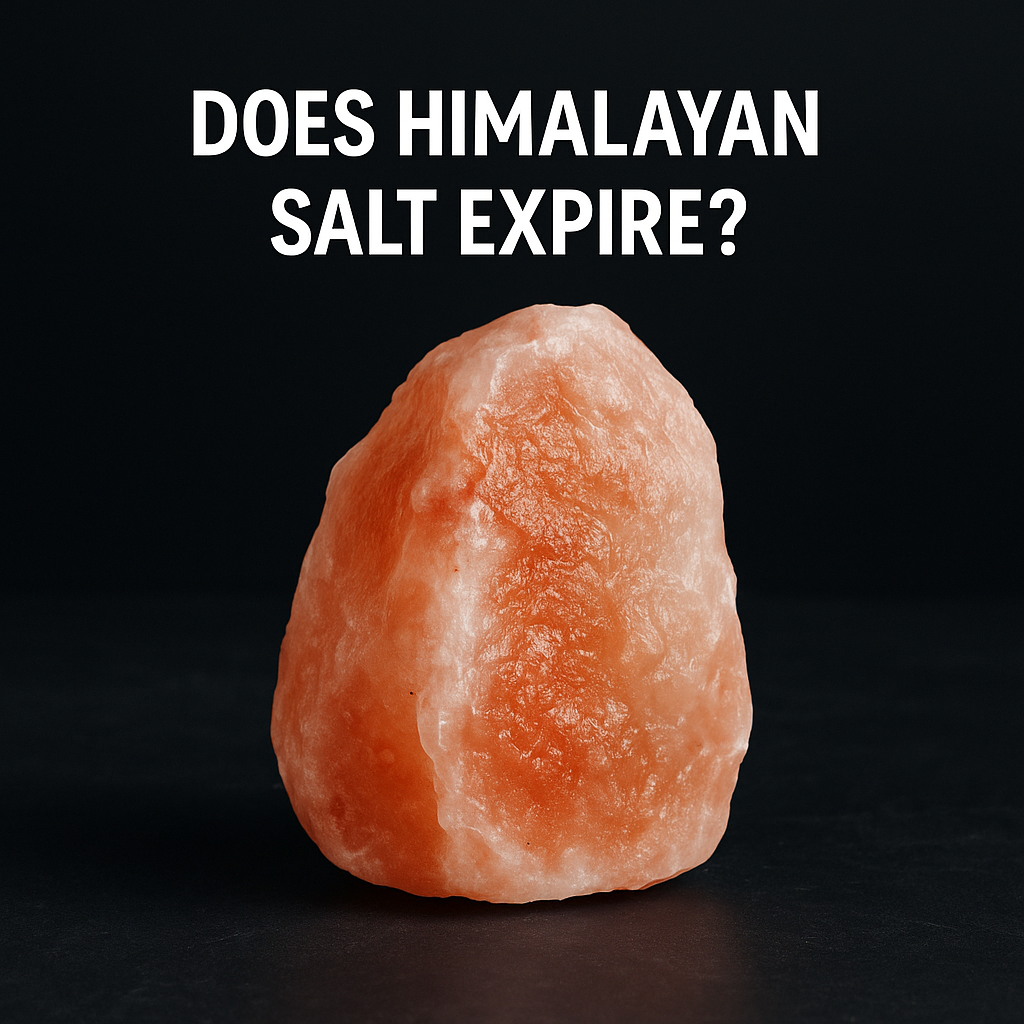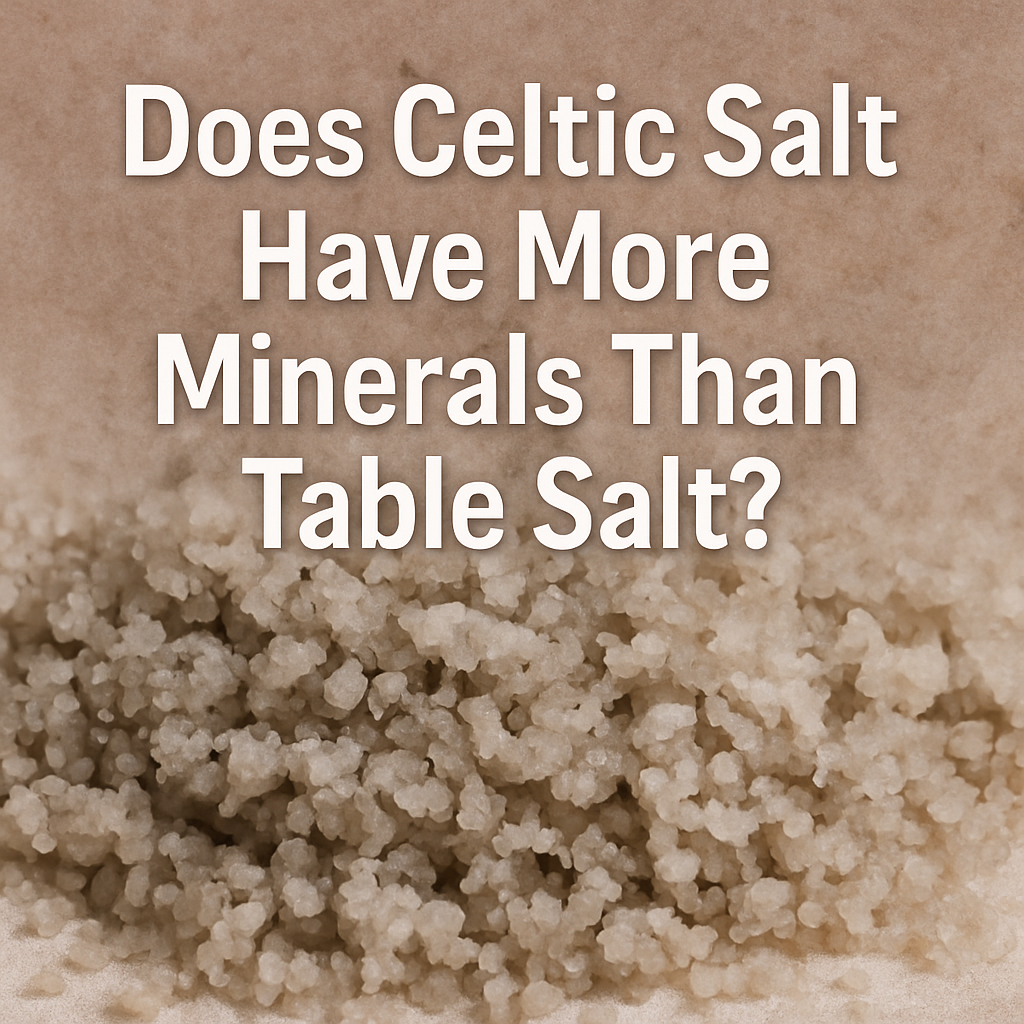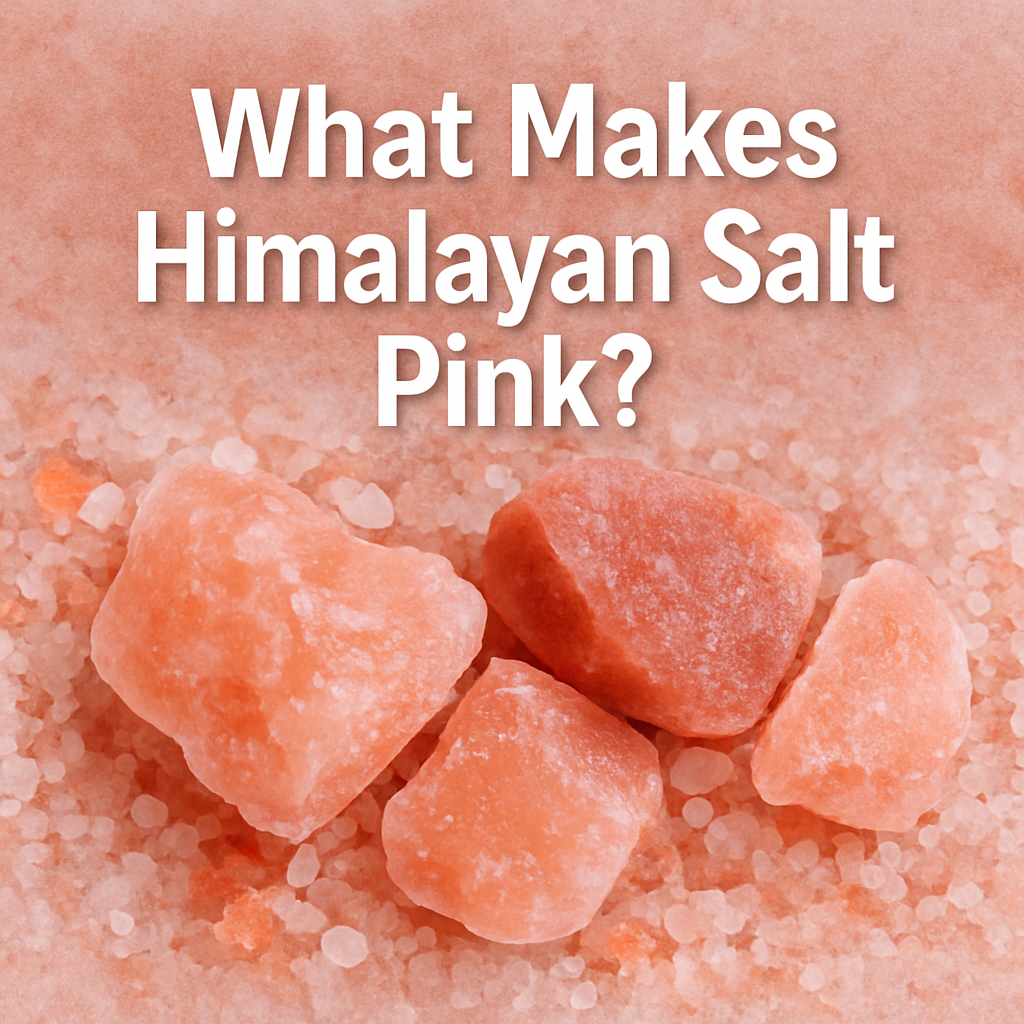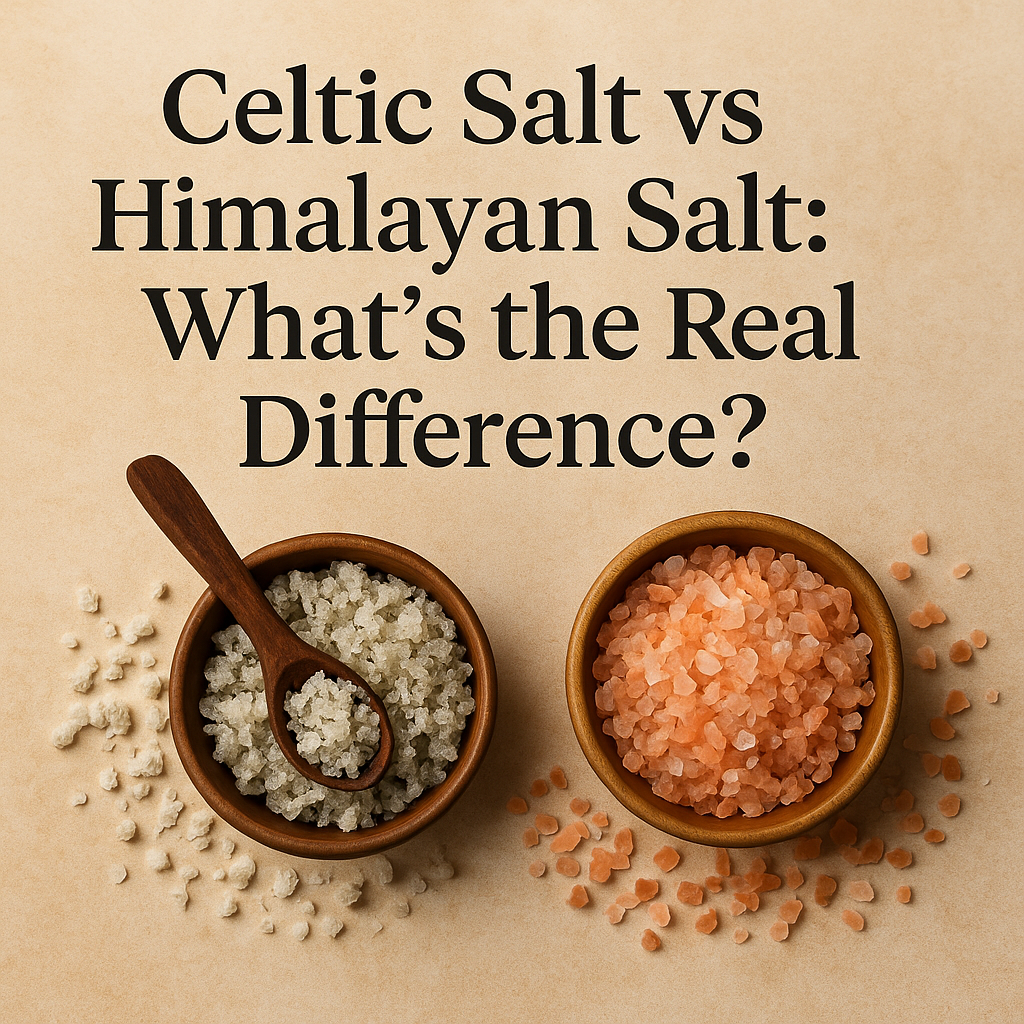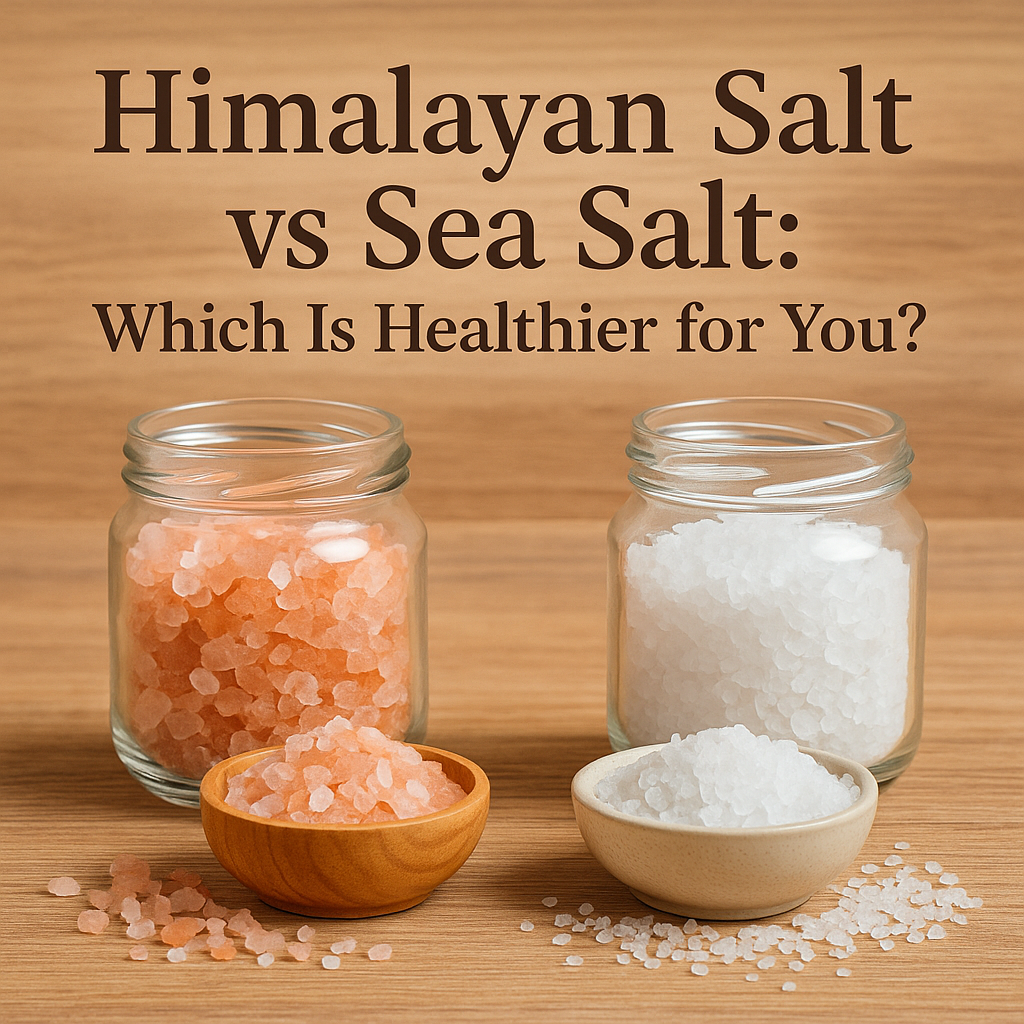Himalayan salt has become a staple in kitchens, spas, and even living rooms as salt lamps. But there’s one question that keeps coming up: does Himalayan salt expire? Many people notice expiry dates on the packaging and get confused. How can something that has been sitting in the earth for hundreds of millions of years suddenly “go bad” in a couple of years?
This guide clears up all the confusion. You’ll learn where the myth started, what really affects pink Himalayan salt over time, how to store it correctly, and even how it compares to table salt. By the end, you’ll know exactly how long Himalayan salt lasts and how to make the most out of it.
Does Himalayan Salt Expire or Go Bad?
The straight answer is no. Himalayan salt does not expire. Minerals like sodium chloride and trace elements such as iron and magnesium are chemically stable. They don’t break down with time. That’s why salt has been used throughout history as a preservative to keep food safe.
The expiry date you see on packaging is usually for legal or commercial reasons. Food authorities in many countries require all edible products to have a date. It doesn’t mean the salt is unsafe after that time. It just means the company is following labeling rules.

Why Expiry Dates Appear on Himalayan Salt
So if the salt itself doesn’t expire, why does the label say otherwise? There are a few reasons:
-
Packaging limits: Plastic or paper packaging can degrade or absorb moisture over time. The date is often tied to the shelf life of the packaging, not the salt.
-
Storage concerns: Salt that isn’t sealed properly can clump or attract dust. Companies add dates to remind customers to consume it within a “recommended” period.
-
Legal compliance: In many countries, even timeless products like honey, sugar, and salt are required to show a best-before date.
What Really Happens to Himalayan Salt Over Time
Although Himalayan salt doesn’t expire, it can change in certain conditions:
Moisture Exposure
If kept in a humid environment, the crystals can absorb water and clump together. This doesn’t make the salt unsafe, but it may change its texture.
Contamination
If stored without a lid, salt can pick up dirt or smells from the kitchen. Again, this doesn’t mean the salt is bad, but it can affect flavor.
Appearance
Over years, Himalayan salt might get darker spots or slightly uneven coloring. This doesn’t reduce its quality. It’s simply natural mineral variation showing up.
Storage Tips to Keep Himalayan Salt Perfect
To make sure your Himalayan salt stays fresh-looking and easy to use, store it correctly:
-
Use a glass jar with an airtight lid instead of paper or plastic packaging.
-
Keep it in a cool, dry cabinet, away from steam or direct sunlight.
-
For salt lamps or cooking blocks, wipe them with a dry cloth if they sweat in humid weather.
These steps keep the salt in its original state for decades, if not forever.

Does Himalayan Salt Lose Its Minerals or Benefits?
No, Himalayan salt does not lose minerals over time. The trace amounts of iron, magnesium, potassium, and calcium that give it the pink color remain stable. Unlike fortified table salt, which may lose iodine content over time, Himalayan salt is unrefined and doesn’t contain additives that degrade.
This means the health benefits people expect from Himalayan salt, such as electrolyte balance or mineral intake, remain intact no matter how long you store it.
Does Himalayan Salt Expire in Different Forms?
Himalayan salt comes in many forms, from cooking crystals to lamps and even bath salts. None of them truly expire, but here’s how they behave over time:
Salt Lamps
Salt lamps can sweat in humid conditions because salt attracts moisture. This is normal. It doesn’t mean the lamp is spoiled. Just wipe it with a dry cloth and keep it on a stable surface.
Cooking Blocks
Cooking blocks may develop cracks or change shape after repeated heating and cooling. This affects usability, not safety.
Bath Salts
Himalayan bath salts may clump together if exposed to moisture, but they remain safe and effective. Break them apart and they’ll work the same.
The Science Behind Why Himalayan Salt Lasts Forever
Think of Himalayan salt like a rock. Rocks don’t have an expiry date. They may erode or dissolve under certain conditions, but they don’t spoil. Salt crystals are formed by a stable ionic bond between sodium and chloride. This structure does not break down naturally with time. That’s why Himalayan salt can sit in your kitchen for years without any changes in safety or mineral content.
Conclusion
So, does Himalayan salt expire? The answer is clear. It doesn’t. The only changes you might notice are clumping, minor color variation, or moisture absorption if stored poorly. But the salt itself remains safe, pure, and full of minerals.
At Himalayan Salt Direct, we bring you authentic pink salt straight from the Khewra mines. Whether you need cooking crystals, bath salts, or decorative salt lamps, you’ll always get natural salt that never loses its quality. Add this timeless mineral to your home today and enjoy purity that truly lasts forever.

